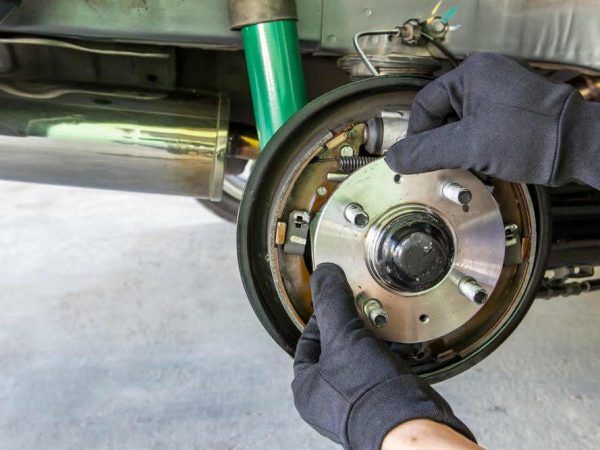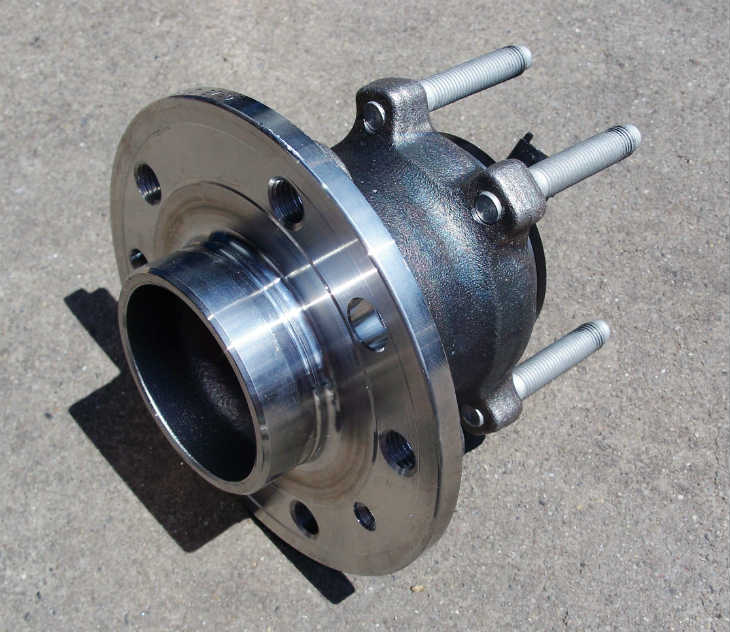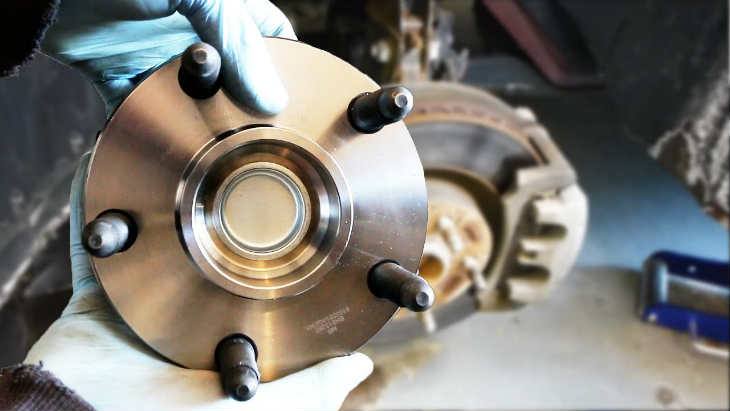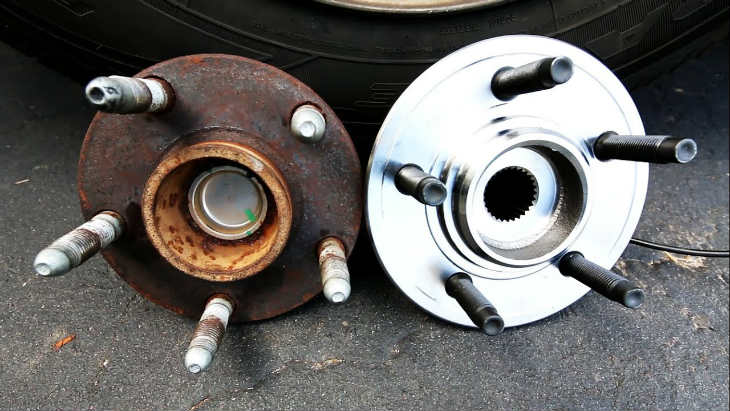07
Feb

As someone who spends a lot of money venturing the Australian backcountry, I also spend a lot of time making sure my car runs properly because the last thing I want is to get stuck in the middle of nowhere, hundreds of kilometres away from civilisation. A couple of weeks ago, I ordered a new wheel hub assembly online, as mine were worn down from all the use and abuse I’ve put them through. I was really excited about getting them before my next trip, however, what I really got was “brand equipment” that was completely fake, and the hub assembly wasn’t even the right size. I asked for a refund, but the retailer never got back to me. So I had to take an L and order a new hub assembly from a vendor that I actually put some research into.
That being said, learn from my mistakes, and be careful when shopping online, as the market is swarmed with fake products. But there are a couple of things you should look out for when shopping for a wheel hub assembly in order to make sure you’re getting a quality product. Before I get into that, let’s start with the basics and define what is a wheel bearing hub assembly?

Basically, a wheel hub is the bearing and axle mechanism around which your car’s wheels revolve. It’s the mounting assembly for your car’s wheel that houses the wheel bearings. Some cars also feature a speed sensor on the car wheel hub, which is attached by an electrical connector. In most cases, a complete wheel hub and bearing assembly will include bearings, seals, the hub wheel unit and sensors. Without the wheel and hub assembly, your car won’t turn as freely as it should and handling it will be very difficult.
So how do you know whether your hub assembly needs to be replaced? Well, there are a couple of common symptoms of a failing assembly. The most common one is a wheel wobble or vibration, which is typically associated with worn or damaged tyres and suspension. However, it can also mean that there’s a severely damaged bearing or a loss of clamp. This can also happen when the lug nuts aren’t properly torqued. Another symptom is noise coming from the wheel hub. The noise is usually heard when making sharp turns, and it’s related to excessive bearing end play. You may also experience an abnormal pull when you brake, which usually indicates warped rotors, worn brakes, a defective calliper, or severe bearing looseness.

If you’ve experienced any of the aforementioned symptoms, then you’re due for buying a new car wheel hub assembly. But before you start looking, you need to make sure you know the exact model, make and year of your vehicle. Not only will this make sure you get a suitable replacement, but it will also make your search significantly easier. The Original Equipment Manufacturer part number is usually found directly on the hub assembly itself. Alternatively, you can call a dealership and give them your Vehicle Identification Number, and they’ll give you the OEM part.
Then, you have to know whether you need a hub-piloted or a stud-piloted hub. A hub-piloted hub features wheel bolt hubs that are flush, which require outer lug nuts to secure the wheel onto the hub. These are designed with tangs in order to assist in centring the wheel to the hub. The centre hole of the hub/wheel bore fits over the matchings size ridge, and the lug nut is flushed to the wheel’s face. On the other hand, stud-piloted hubs feature tapered/bevelled bolt holes. Dual wheel applications need outer as well as inner lug nuts to secure the wheel onto the hub. Further, they require ball-seat cap nuts and studs for both the right and left side of the car for proper installation. The lug nuts feature matching taper edge, and their centring in the tapered hole of the wheel makes the wheel to be centred on the hub.

Lastly, you have to consider whether you have a four-wheel or two-wheel ABS (anti-lock braking system). The anti-lock braking system prevents the wheels from skidding when you slow down or brake, allowing your vehicle to maintain steering and stop faster. In order to determine whether your car has a two-wheel or four-wheel ABS, check your hubs for electrical wiring or sensor. Two-wheel ABS only have one electrical connection to a single axle, whereas four-wheel ABS have it on both the rear and front axles.
Replacing a car wheel hub is a fairly easy task for any experienced mechanic, and it shouldn’t take more than an hour. Labour costs will vary from mechanic to mechanic, so check the hourly rate of the mechanic you plan on hiring for the task. If you’re handy with tools and know your way around your car, you too can perform the installation, but it’s not something I would do simply because it’s a task that’s best left to a professional.